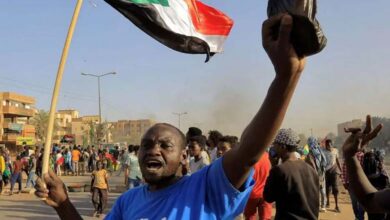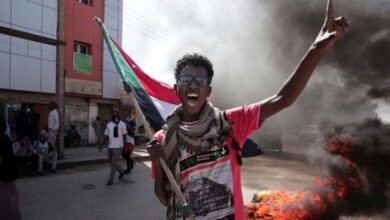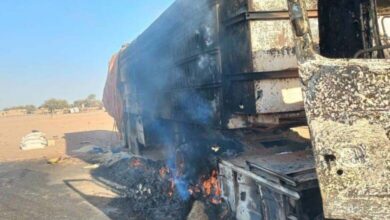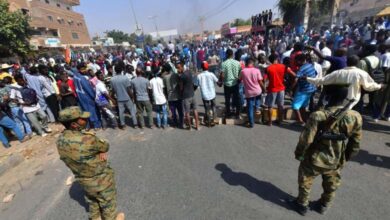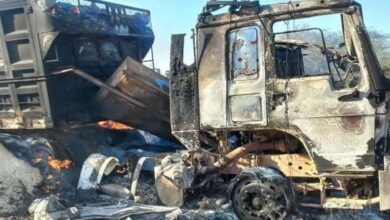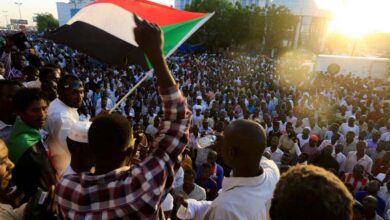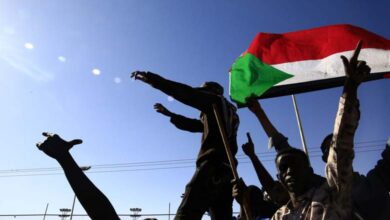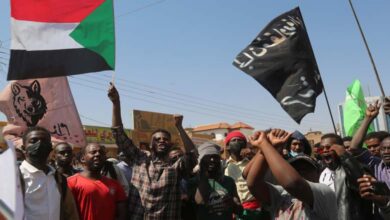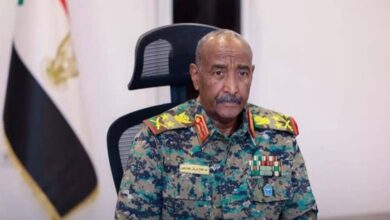
One hundred years after Greater Lebanon’s establishment in 1920 and eighty years on from the country attaining its independence, in 1943, based on the Lebanese framework known as the national pact, which was built on the formula of equally shared representation between Muslims and Christians and left the country’s identity neither Western (to reassure its Muslims) nor Arab (to reassure its Christians)… we see new attempts to do away with the Lebanese political entity’s foundational framework and dominate it. However, every difficult juncture the framework has faced in the past and faces today, with the many attempts to destabilize it or undermine it, always runs up against the fortitude of its idea, even as it undergoes extremely turbulent phases.
The framework was undermined by the Left and the Right, and when the Left became Muslim and the Right Christian, they threatened its viability. The latter, considering itself to have founded the Lebanese system, proceeded to attempt to tailor it to its liking. As for the former, whose recognition was a requisite for the entity’s legitimacy, it proceeded to make several attempts at breaking it apart and piecing it back together per the new internal balances of power and foreign influence. Clashes between the two thus peaked with the civil war. They were represented, on the one side, by the Lebanese Front, which employed ultra-violent tactics to defend what it considered gains guaranteed by the framework. The other side was represented by the Lebanese National Movement, which demanded that the framework be amended and raised the slogan of taking up arms to defend the reformulation of the 1943 political system.
The two sides tried to swallow the framework and dominate the Lebanese system, dedicating all their political, cultural and military capacities to winning the battle. However, they both ended up losing, with both sides failing to vanquish the other despite the support from foreign actors they both received. The late President Bashir Gemayel could not impose his domination on the framework, and on the other side, Kamal Jumblatt couldn’t impose his vision on it. It also stood strong against the Palestinians’ support for the Left, leaving, in the end, Yasser Arafat outside the Lebanese equation, the subsequent “May 17 Agreement” nullified, and the Israeli army defeated.
In effect, the pre-1990 (the year the civil war came to an end) experiences demonstrated that the Lebanese formula, of Lebanon’s strength being its weakness, is the outcome of nothing other than the Lebanese framework’s formulation, in a manner that is to an extent acceptable, of sects’ limits. The crystallization of the state’s function stood strong against all the sectarian, ideological and armed factions’ projects. Even during peacetime, after the Taif Agreement was signed, the domestic and foreign powers that had taken part in drafting the National Accord Document, as well as the man tasked with implementing it, the late Prime Minister Rafic Hariri, recognized the difficulty of going beyond it. They understood the need to commit to the pact and equal power-sharing, as well as avoiding demographic change and being influenced by the sectarian groups that had been on the rise.
After the events of May 7, 2008, Hezbollah initiated the stage in which it would dominate the state and impose its hegemony on the state’s institutions. The Mar Mikhael Agreement reached with General Michel Aoun allowed the party to tame the framework and impose its force on it. It tried to replace the inclusive National Pact concluded between Beshara El-Khoury and Riad al-Solh with the exclusive Mar Mikhael Agreement. It has rearranged sects’ limits and their functions within its imagined state, which it has been able to engineer since imposing Michel Aoun’s presidency. Or that was the case until that presidency was hit with the setback of October 17.
-
From Friend to Foe : EU prepares to impose sanctions on Lebanon for the First time
-
Lebanon asked Saudi Arabia to reevaluates the products Ban
On the eve of the insurgency, the Lebanese entity, regime and framework had been subjugated by Hezbollah’s abundance of force and subordinate to the party’s whims. Nonetheless, it was dealt an unexpected blow from the streets, and so it gradually showed its strength to maintain its influence. However, the August 4 explosion and its ramifications broke its powerful image and put its strength to the test. While arms guarantee the party’s ability to intimidate, its abundant strength stemming from its abundant supply of those arms has been constricted by two issues. The first is the port blast’s location and the demography of the people affected by it. The second is the sectarian makeup of the Lebanese judicial system, which has left Hezbollah incapable of containing the blast’s political implications or disrupting the course of the investigation because of the sensitivity of its location.
And so, from the port blast to the Tayouneh tragedy, Hezbollah is showing that it has not yet recognized that attempts to dominate Lebanon cannot succeed. It has not understood that the entity’s makeup, framework, and the roles played by its sects do not allow anyone to vanquish the other. All of those who had been tempted to do so by their superior strength paid the price for the adventurism, with all of those who preceded the party in giving in to that temptation failing to overcome the hurdles that came with it. The Lebanese framework has proven its fortitude, and it has forced its rivals to accommodate its structure. It has shown that disregarding it is almost impossible, as when we compare their force, it is stronger than rockets.


